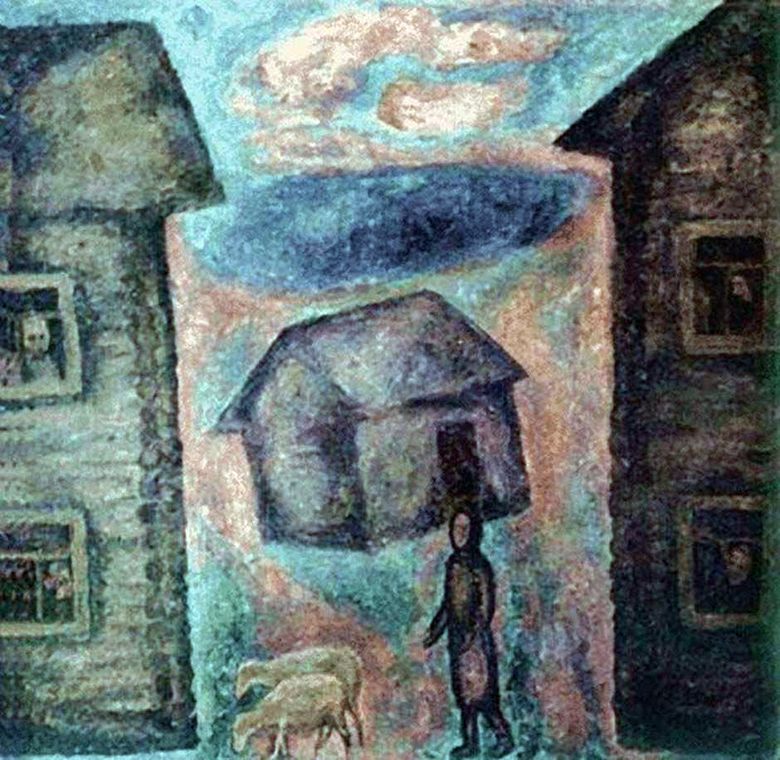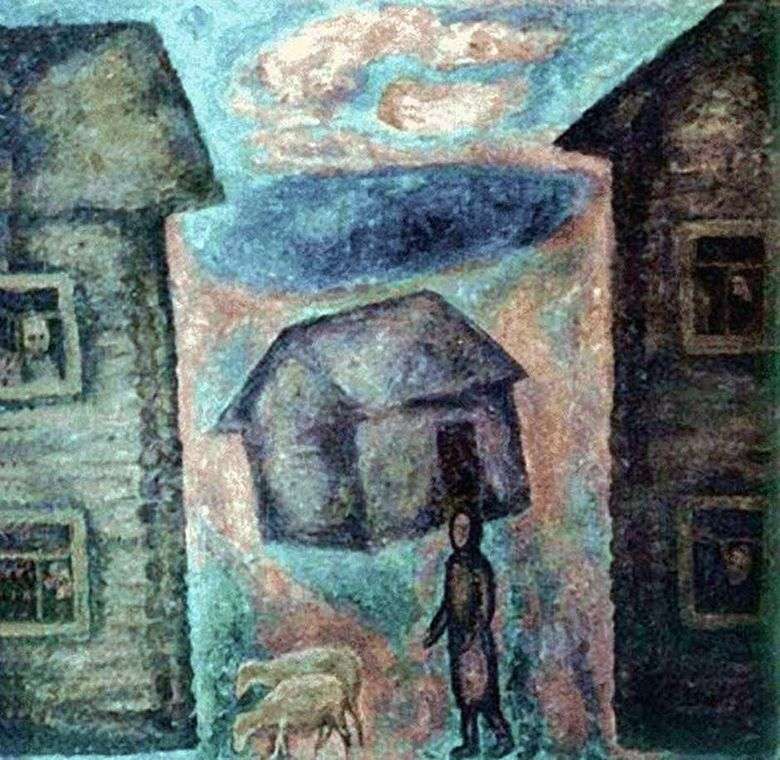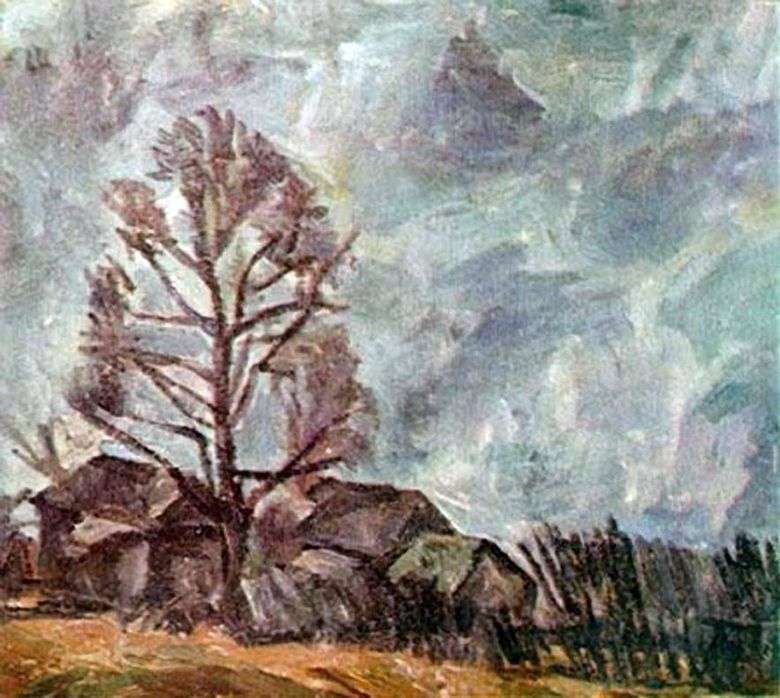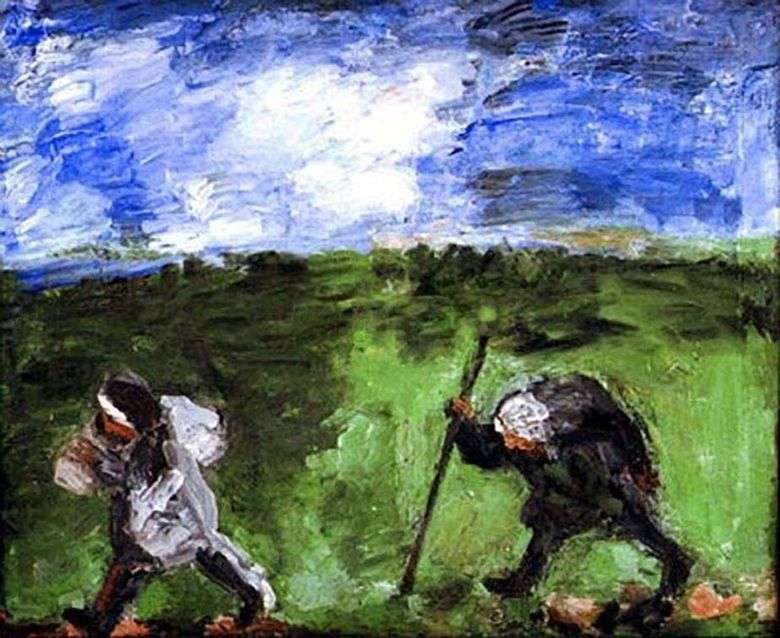
Pavel Nikonov, together with Viktor Popkov, turned in their works to the tragic situation of the Russian village in the era of its collective-farm existence. But their vision of peasant disasters was not expressed in any specific socio-political or temporal attributes.
In the 1960s, an extremely important artistic phenomenon, a “detached” time, took shape in the depths of Soviet art. The canvases depict an indefinite point in time, which does not have a clear appearance, but is filled with emotional content, with special techniques that set off picturesque images. What era is the plot of the canvas? To pre-Mongol Rus? By the seventeenth century? To the era of the abolition of serfdom? For the Stalinist collectivization or the Khrushchev thaw?
The dramaturgy of the picture does not relate to any particular situation: it summarizes the time to eternally happening, to the inescapably existing, bringing together being and life, demanding from man stoic patience.
 Village du Nord – Pavel Nikonov
Village du Nord – Pavel Nikonov Aldea del norte – Pavel Nikonov
Aldea del norte – Pavel Nikonov Bare tree by Pavel Nikonov
Bare tree by Pavel Nikonov Travelers by Pavel Nikonov
Travelers by Pavel Nikonov Árbol pelado – Pavel Nikonov
Árbol pelado – Pavel Nikonov Geologists by Pavel Nikonov
Geologists by Pavel Nikonov Our weekdays by Pavel Nikonov
Our weekdays by Pavel Nikonov Viajeros – Pavel Nikonov
Viajeros – Pavel Nikonov